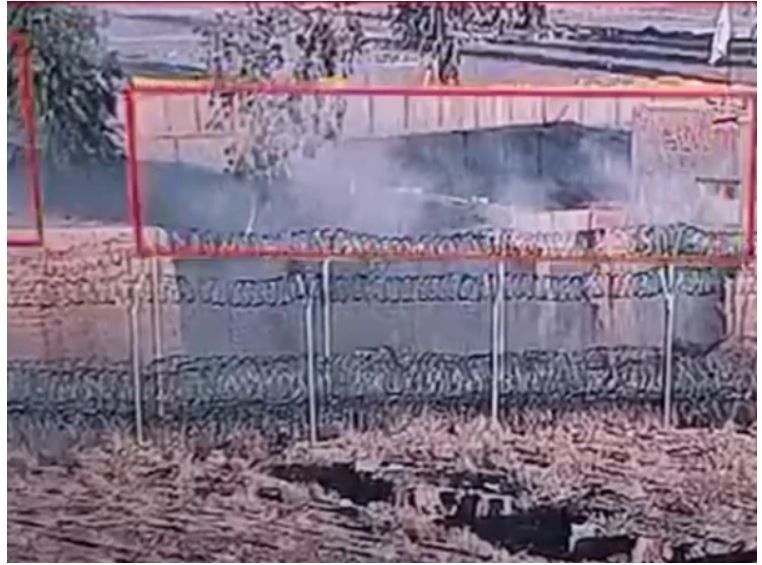
China's First Lunar Lander Test Successful, Paving Way for Manned Mission
It has been described as a “major milestone” in the preparation of manned lunar mission
Beijing: China has successfully tested its first lunar landing mission “Lanwei”. The experiment was carried out at a site in Hebei province that was designed to resemble the surface of the moon. Here, special types of soil, rocks and craters were used to simulate the lunar environment.
According to the China Manned Space (CMS), the test was very complex and included a complete review of all stages of the lander’s ascent and descent. It has been described as a “major milestone” in the preparation of manned lunar mission.
“Lanwei” means “embracing the moon” in Chinese. The lander will not only take astronauts to the lunar surface but will also serve as a center for living, power generation and data transmission there.
China plans to send humans to the moon before 2030. If it succeeds in this, it will gain a major advantage over the United States. It should be remembered that NASA also plans to orbit humans around the moon in 2026 and land on the moon in 2027 under its Artemis program.
China has sent several successful missions to the moon without astronauts in the last five years, some of which have also brought soil from remote parts of the moon. Due to these successes, many countries and institutions including Europe, the United States, Pakistan, Thailand, are interested in China’s space program.
China and Russia also plan to build an international research station on the moon by 2035, which will also include a nuclear reactor that will provide energy.






